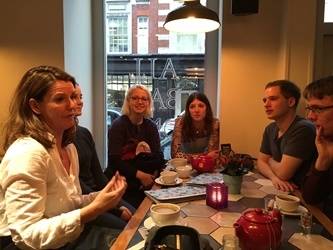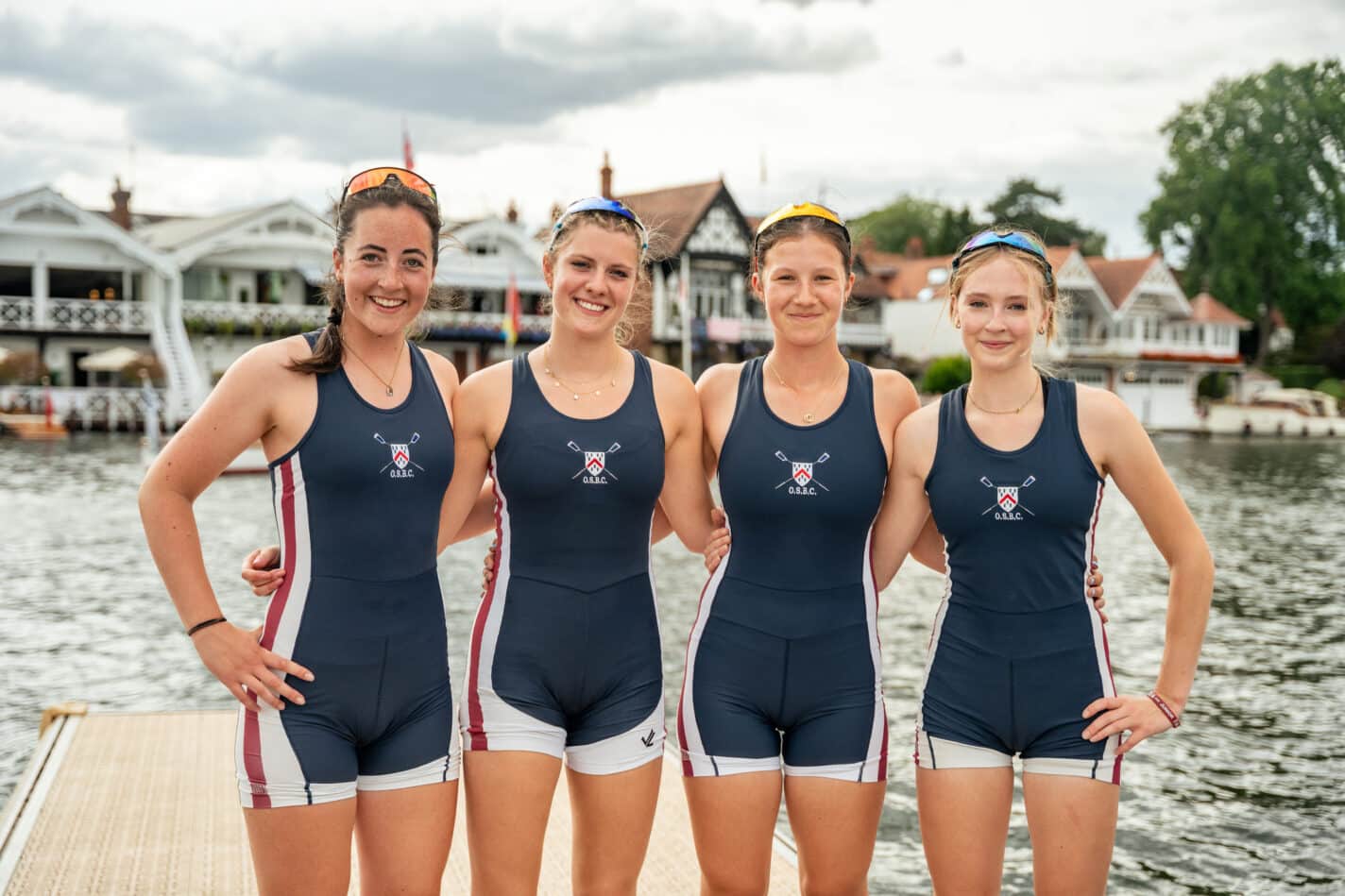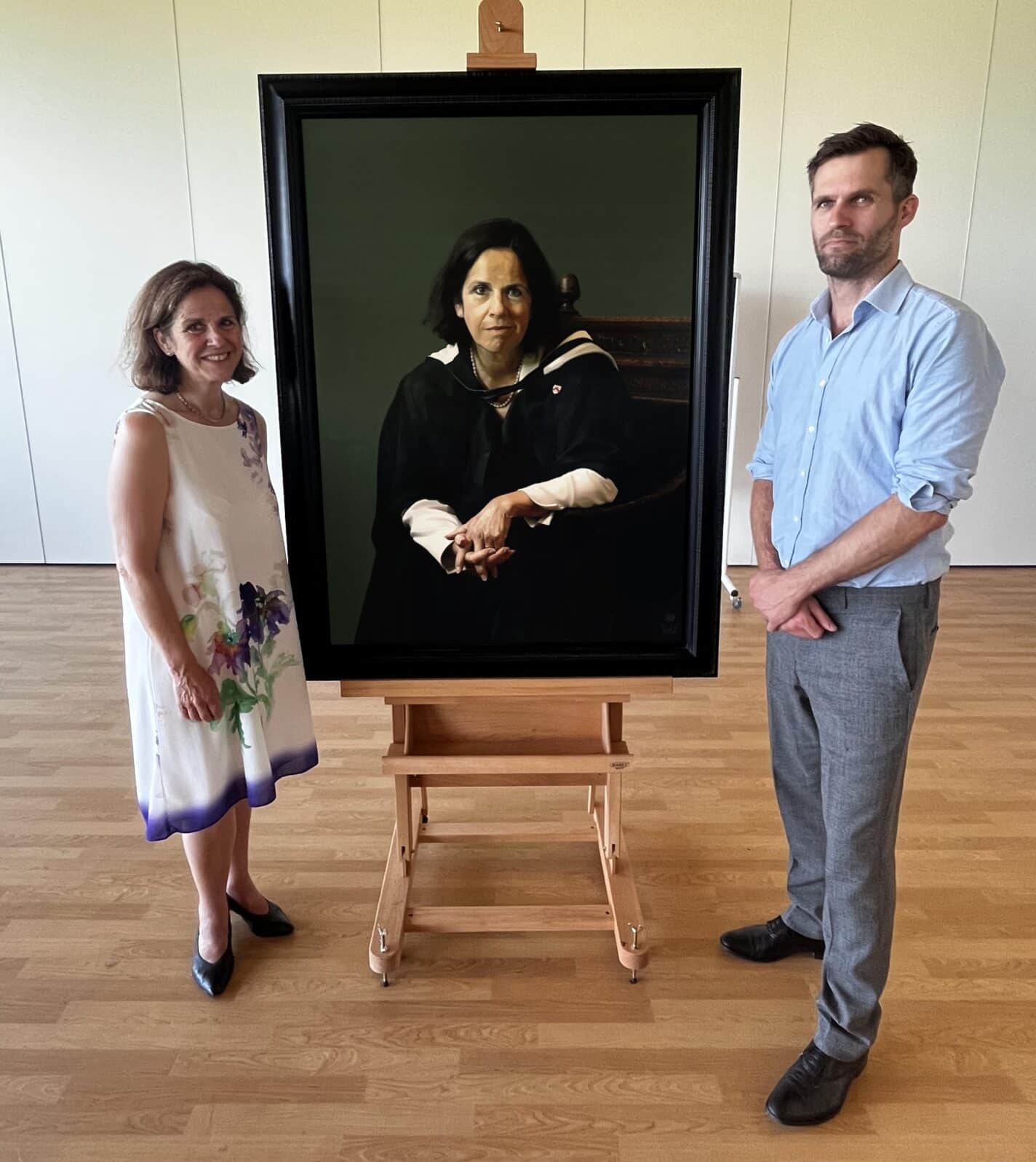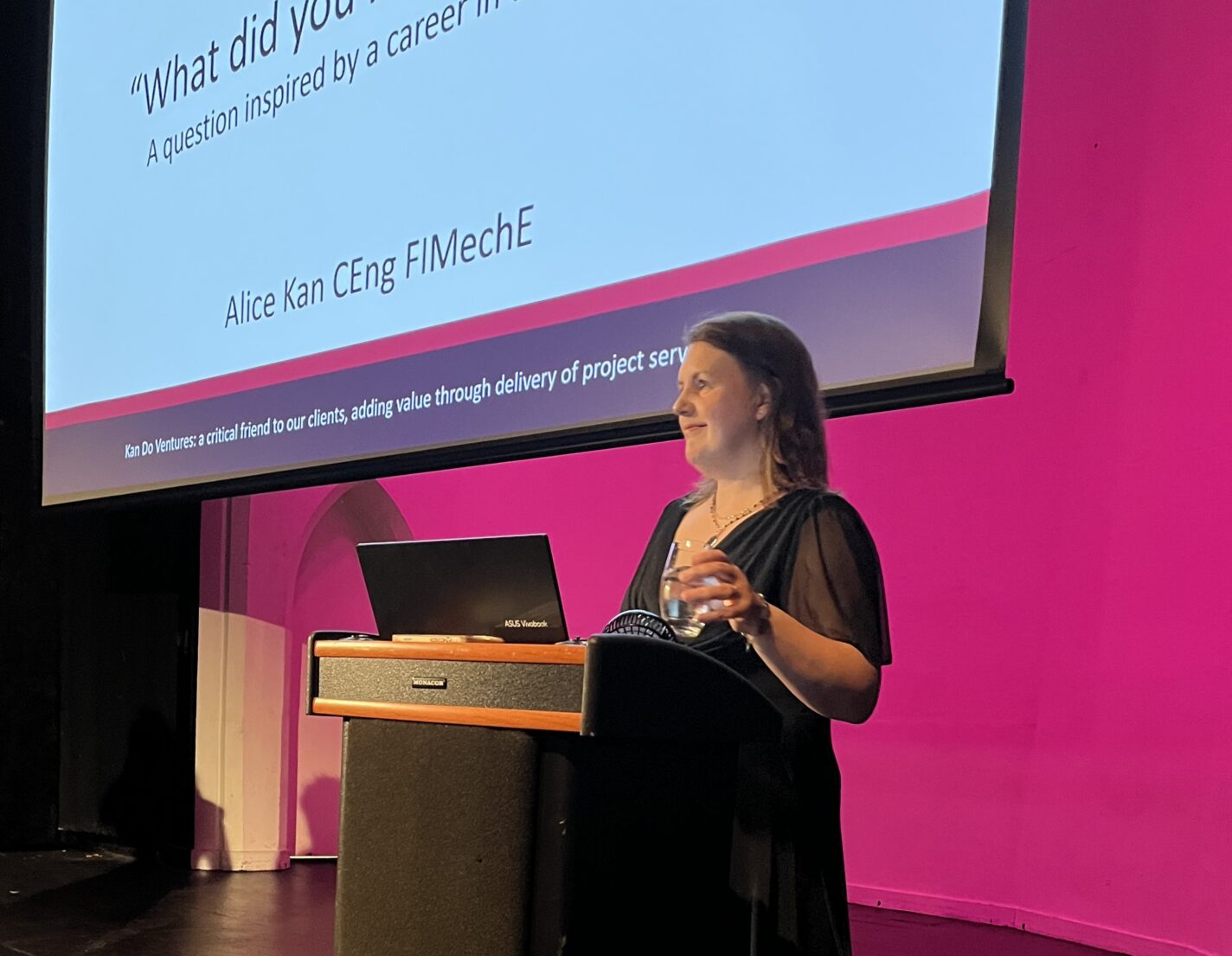Seeing that Christmas was a matter of days away, it seemed appropriate to begin the English Department’s literary tour of London at the home of Tiny Tim’s creator. After exploring the rooms in which Charles Dickens composed the staples of English literature, we continued south through the London streets, where, after a lunch around St Paul’s, Shakespeare awaited us.
The tour of the Globe Theatre was informative, and had an additional layer of kookiness, thanks to our tour guide, who seemed as interested in the local birdlife (in particular, a one-legged pigeon), as the hundreds of years of history beneath our feet.
From the Globe, we continued along the South Bank until we discovered the reason for London trip rule two: keep your eyes open and off the ground. We were rewarded by a circular plaque, no larger than a sewer cover, in an alleyway on a residential street next to the sole remaining wall of Marshalsea Prison. It read “John Dickens, the father of Charles Dickens, was imprisoned here for debt from February to March, 1824”. Dickens had tried to hide this fact during his life, and to witness why the trip’s rule were in place, was an amazing end to the first day’s walk.
After some free time, followed by a hot meal to stave off the freezing winter winds, we saw Ian Hislop (unplanned), and a performance of As You Like It (planned), at the National Theatre.
The next day, Chaucer drew us into the City of Westminster, and from Westminster Abbey, we followed the river. After passing Cleopatra’s needle, we arrived at the National Portrait Gallery for a scavenger hunt to find Jane Austen’s portrait; a test of our exploration skills, which some of us failed, becoming side-tracked by the other portraits. After asking directions from one of the attendants, the tension escalated as we tracked down room 17, where we had been told the portrait was located. We were so distracted scanning the walls of the gallery for a plaque bearing her name, that Austen’s eyes must have watched us power past. We reached a dead end and realised that we had missed her yet again, at which point we asked another attendant where exactly in the room the portrait was. Somewhat bemused, she directed us to a miniscule canvas no larger than a sheet of A5. A slight anti-climax at worst, and a good workout at best.
After lunch, we had the pleasure of coffee with Dr Paula Byrne, an authority on Austen, whose passion for the subject rubbed off on us, and not long after we had sat down, we were all chatting about the misconceptions about one of our greatest authors.
Somerset House followed, where we spent an hour at the mercy of a cold, frictionless hell. The ice-skating was enjoyable, although stressful, and this sense of instability and uneasiness was a metaphor for what was to come.
That evening, Pinter’s Homecoming made the pizzas in our digestive track turn glacial in the icy pauses. We were treated to an incredible experience, and we left the play bowled over by the performances from the cast, especially John Simm as Lenny, whose menace loomed over proceedings.
The final day began outside the British Library, which offered fascinating insight into Alice in Wonderland, Handel, and the Magna Carta. Following this, we explored the haunts of the Bloomsbury set, taking a slight detour to admire the blue plaques along the streets surrounding UCL. We followed Mr Hipperson’s brisk pace, before ending our tour of London’s famous literary attractions outside the Foundling Museum.
Henry Sleight (L)





